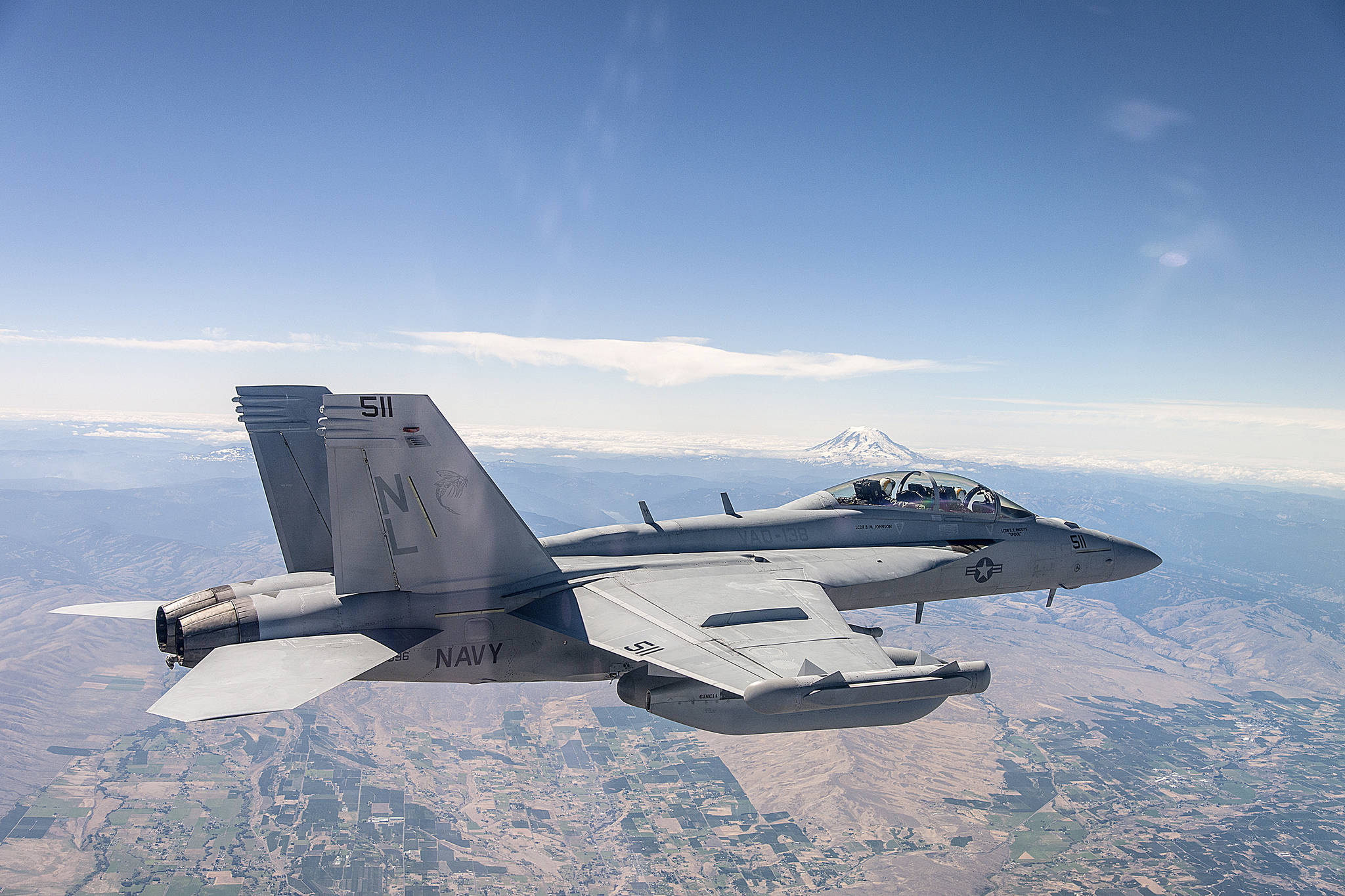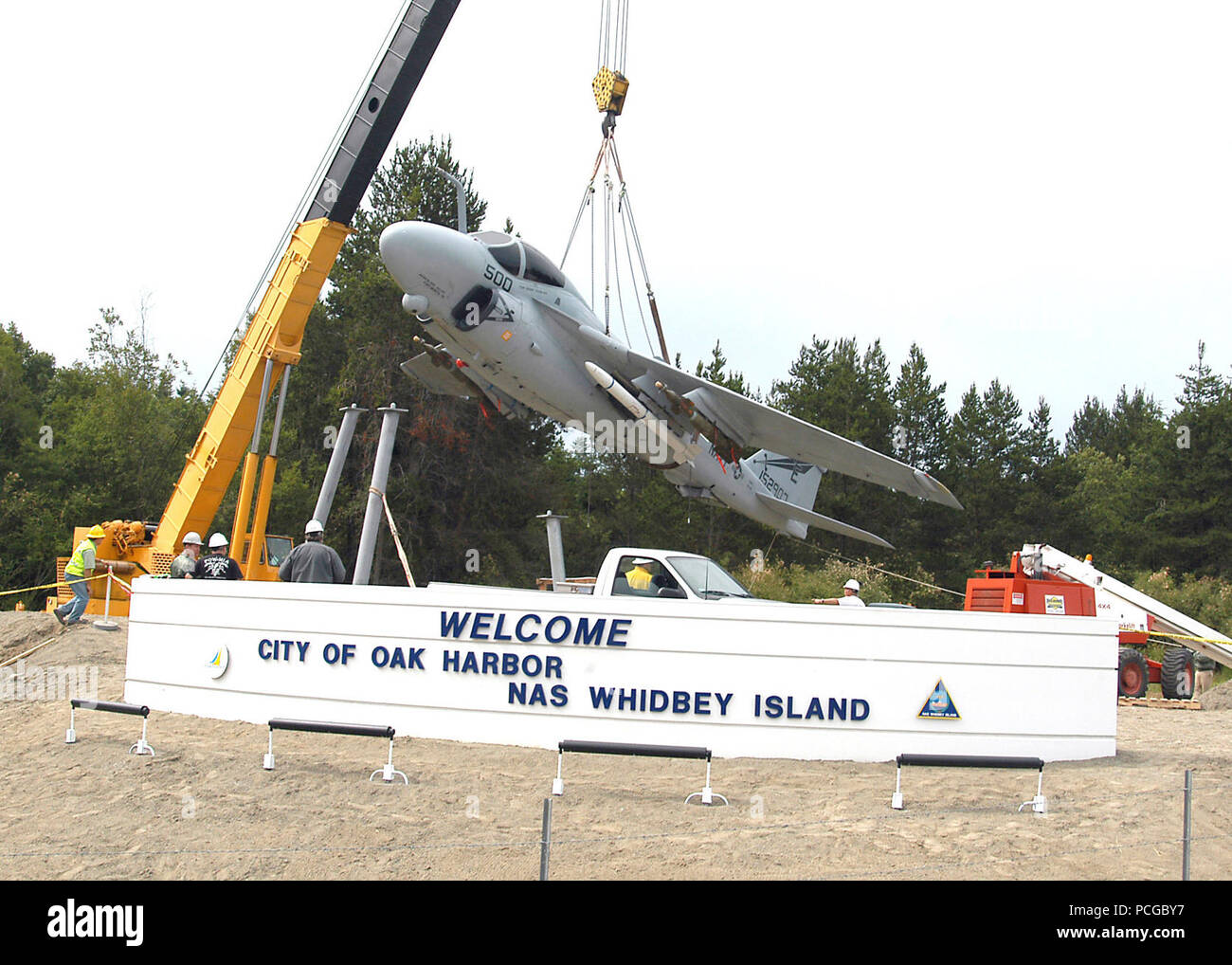Whidbey Island Station - The size of this screen: 452 × 599 pixels. Other resolutions: 181 × 240 pixels | 362 × 480 pixels | 579 × 768 pixels | 773 × 1024 pixels | 1546 × 2048 pixels | 3840×5088 pixels.
This mark does not indicate the copyright status of the attached work. A normal copyright notice is still required. See: Licensing.
Whidbey Island Station

This file is the work of a sailor or US Navy employee and was recorded or created as part of that person's official duties. As an artifact of the US federal government, it is in the US public domain.
A Brief History Of Whidbey Island
This file has been found to have no known restrictions under copyright law, including all related rights.
This file contains additional information, such as Exif metadata, that may have been added by the digital camera, scanner, or software program used to create or digitize it. If the file has been modified from its original state, some details such as the timestamp may not fully reflect those of the original file. The timestamp is only as accurate as the clock on the camera and can be completely wrong.
140507-N-DC740-013 OAK HARBOR, Wash. (May 8, 2014) Naval Air Station Whidbey Island. (US Navy photo, Mass Media Specialist 2nd Class John Hetherington/Liberated) "Ault Field" redirects here. For the site designated by csus, formerly known as Ault Field, see Ault Field. Whidbey Island Station (CDP), Washington.
This article needs additional citations for verification. Please help improve this article by adding citations to reliable sources. Unsourced material can be challenged and removed. Find Source: "Naval Air Station Whidbey Island" - News · Newspapers · Books · Academic · JSTOR (January 2019) (Learn how and what to remove this message template)
Flag With Nas Whidbey Island Aviation Commands!
48°21'07"N 122°39'21"W / 48.35194°N 122.65583°W / 48.35194; -122.65583 Coordinates: 48°21'07"N 122°39'21"W / 48.35194°N 122.65583°E / 48.35194; -122.65583
Naval Air Station Whidbey Island (NASWI) (IATA: NUW, ICAO: KNUW, FAA LID: NUW) is a U.S. Navy naval air station located on two lands near Oak Harbor on Whidbey Island, Washington, Island County.
Ault Field, the main part of the base, is located about three miles north of Oak Harbor. The second section, called the Marine Aircraft Base for the PBY Catalina flying boats that were once there, contains most of the island's navy shelters, as well as the main naval weather station interchange and DeCA commissary. NASWI's commander also has command of Naval Outlying Landing Field (NOLF) Coupeville, a satellite airfield in the center of Whidbey Island.

48°11'24"N 122°37'48"W / 48.19000°N 122.63000°W / 48.19000; -122.63000 (Naval Outlying Landing Field Coupeville), approximately nine miles south of Ault Field. Primarily used by aircraft on an aircraft carrier for Field Carrier Landing Practice (FCLP), this site has no permanently assigned personnel.
Washington Sues Navy Over Noisy Growlers On Whidbey Island
On January 17, 1941, the United States of America II. Sound. Lake Ozette, Indian Island, Keystone Harbour, Pn Bay, and Oak Harbor were assessed and rejected due to mountainous terrain, cliff front, inaccessibility, lack of adequate beaches and leeward shorelines. The Seattle Naval Air Base commander recommended the Saratoga Pass area off Cresct Harbor within 10 days and Forbes Point as a suitable base for launching and landing seaplanes under instrument conditions. A narrow strip of land connected Oak Harbor to what is now Maylor's Point Capehart Residence. The dredging, filling and operation of pipes and power lines leading to the town was underway in mid-November when news of the discovery of a land area was heard.
On December 8, three workers began a topographical survey of what would become Ault Field, about four miles north. Construction on Ault Field began on March 1, 1942. The first plane landed there on August 5, Lieutenant Newton Wakefield, a former civil engineer and aeronautical pilot who was later in charge of operations for the weather station, brought the SNJ single-engine trainer. little fanfare. Everyone was still busy working on the unfinished track.
On September 21, 1942, the air station's first commander, Captain Cyril Thomas Simard, read out an order for the site to be used as a naval facility. US Naval Air Station Whidbey Island is fully operational. A year later, on September 25, 1943, the ground airfield was named Ault Field in memory of Commander William B. Ault, who was lost in the Battle of the Coral Sea the previous year. Following the recommendation of the Interdepartmental Air Traffic Control Authority, an area 2½ miles southeast of Coupeville has been approved as an auxiliary site for NAS Seattle purposes. The survey work began in February 1943 and the work began in March. The Offshore Landing Site (NOLF) Coupeville was in use until September.
At Ault Field, the earliest squadrons were Grumman F4F Wildcats, which entered service in 1942, followed by Grumman F6F Hellcats. Later that year, Lockheed PV-1 Vturas arrived for training. At the end of 1943, all the Wildcats were gone and replaced by the Hellcat. In 1944, Douglas SBD Dauntless dive bombers became the dominant aircraft at Ault Field, while at the seaplane base several Consolidated PBY Catalina and Martin PBM Mariner seaplanes were boarded in the summer of 1944 and augmented by several ground-based Martin B-26 Marauders. It had arrived earlier that year to be used to tow targets.
Navy Sar Makes Appearance At Camp Casey Cadet Training
After the Second World War, things slowed down and the station was put into reduced operating condition. Many naval air stations in the United States were closing because they could not meet the demands of post-war naval aviation; Runways of 6,000 feet were now the minimum standard, and runways had to be suitable for radar-controlled approaches in all weather conditions. Arriving in the late 1940s, Lockheed P2V Neptune patrol bombers would eventually form six patrol squadrons at NAS Whidbey.
The Korean War brought NAS Whidbey back to life, and expansion and construction accelerated. In the early 1950s, Whidbey's primary ground patrol aircraft was the Lockheed P2 Neptune. During the Korean War and the Cold War, six Neptunes were lost to attack by China, the Soviets, or North Korea. One of these six Neptunes was permanently stationed at NAS Whidbey and remains the only Whidbey Neptune lost in the attack.
While on a night combat reconnaissance mission on January 4, 1954, in a six-month deployment from Whidbey to Iwakuni, Japan, patrol squadron VP-2, BuNo 127752, P2V-5 Neptune suffered its only combat loss with the loss of radio callsign 3. Cape Cod attacking over the Yellow Sea off the coasts of China and North Korea. Neptune approached Suwon Air Base in South Korea before falling.

Crew LT Jesse Beasley-PPC, LT Fredric Traynor Prael-Co Pilot, S Paul Dominick Morrelli, S Stanley Burt Mulford, ADC Robert George Archbold-Aircraft Captain, AD2 James Frank Hand, AT3 Bruce David Berger, AO3 Gordon Spikelmier, AL2 Rex All Clauss and AT2 LLoyd Bernard Rsink, all listed as FALL. In 2005, each crew member was awarded the Navy Combat Action Strip, Purple Heart, Korea Service Medal, and United Nations Service Medal. The South Korean government awarded the Korean Presidential Unit Commendation and the Korean War Service Medal to m.
Welcome To Nas Whidbey
Patrol Squadron Fifty (VP-50) relocated from NAS Alameda, California in June 1956 and returned the seaplanes to NAS Whidbey. Patrol squadrons flying the Martin P5M-2 Marlin, along with the seaplane pilot USS Salisbury Sound, dominated the seaplane base until the late 1960s.
During the Korean War, patrol aircraft activity was accelerated again, with several units of the Naval Air Reserve being called up and redesignated as active squadrons. At the start of the war, Whidbey had six VP (patrol) squadrons and two squadrons of air support squadrons. In 1955, VP-29 returned from a deployment in the Pacific and was renamed Heavy Attack Squadron Two (VAH-2), the first heavy attack squadron on the West Coast; Later that year, he moved to San Diego, NAS North Island, to transfer to the Douglas A-3D Skywarrior.
In 1958, Heavy Attack Squadron Six (VAH-6) ("Heavy-6") Fleurs was relocated from NAS Moffett Field in California, where it was the Navy's second nuclear squadron. As part of CVG-61/CVW-6, the squadron made several WestPac deployments on the USS Ranger (CVA-61) before switching to CVW-8 for operations in the Mediterranean with USS Forrestal (CV-59). Transferred to Naval Air Station Sanford, Florida, VAH-6 was renamed Heavy Reconnaissance Squadron Six (RVAH-6) in September 1965 and the squadron's transition to the A-5 Vigilante began.
In the first quarter of 1960, a search and rescue (SAR) team was established on NAS Whidbey Island. Two Sikorsky HRS-2 helicopters, better known as H-19 Chickasaws, have been assigned to the SAR team and will soon be replaced by two HRS-3s. Aircrew assigned to the SAR were initially told that this would be a two-year probationary period, during which time it would be decided whether it would be permanent. If it doesn't work, it will shut down.
Nas Whidbey Island's Sar Unit Conducts Two Medevacs In San Juan Islands
Phone area code lookup, 784 area code, icd 9 code 784, phone number area code, diagnosis code 784, lookup area code, phone area code finder, area code map, telephone area code map, 784 airline code, 662 area code, area code lookup free


0 Comments